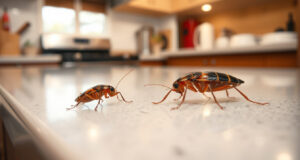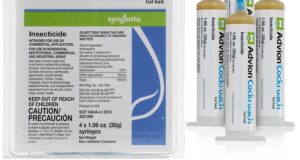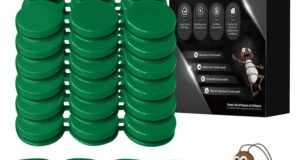
When you need to control pests, you seek simple, safe, and cost-wise ways. Homeowners and business owners both want methods that work well with nature. One method uses a light trap. Light traps pull in and trap bugs without heavy chemicals. This guide shows you what light traps do, their good points, and how you can add them to your pest control plan.
What are Light Traps?
Light traps are tools that pull in flying bugs with a light. They use a kind of light that bugs love. When bugs move toward the light, they get caught. Some traps use sticky parts, some use an electric net, and others gather bugs inside a box.
The Good Points of Light Traps for Pest Control
-
Eco-Safe Way:
Light traps do not need chemicals. They help you keep the air and water clean while not harming good bugs. -
Focused Bug Control:
Light traps draw in the bugs you do not want. Good bugs stay out of harm. This focus helps you stop pest groups. -
Easy Watching:
Light traps let you see how many bugs come. You can check them to know when pest numbers grow. This helps you act fast. -
Many Uses:
Light traps can work in homes, yards, factories, and farms. They can serve town and work areas alike.
Types of Light Traps
There are many forms of light traps. Each type fits a different need:
-
Electric Light Traps:
These traps have electric grids that kill bugs. They work well with many kinds of flying bugs in kitchens and food areas. -
Sticky Light Traps:
These traps have a sticky area that holds bugs. They work best in small, closed spaces. -
Attractant Light Traps:
Some light traps add other scents or baits to draw in pests. This makes them work well with the bugs you need to stop. -
Solar-Powered Light Traps:
These traps gather sun energy in the day. They shine at night to pull in bugs when lights are low.
How to Add Light Traps to Your Pest Control Plan
-
Pick a Good Spot:
Place traps where bugs pass through. Look near doors, open windows, or bug paths. Do not put traps too near other lights. -
Keep Traps in Check:
Work on traps often. Check that each trap works well. Change bulbs as needed. Clean sticky spots to keep them trapping bugs. -
Watch and Note:
Write down which bugs you catch. Data about bug numbers can help you plan next steps. -
Mix with Other Steps:
Light traps work best when you use other pest steps. Use cleaning, sealing gaps, and even good bug helpers along with traps.
Conclusion
Light traps are a smart way to control pests with less harm to nature. They work well and are easy to use at home or at work. With small steps, you can add light traps to your bug control plan. This plan brings fewer unwanted bugs and a nicer space. For more help, talk with a local bug expert to pick the right light traps for your needs. Enjoy a space that is free of pests and full of calm.




